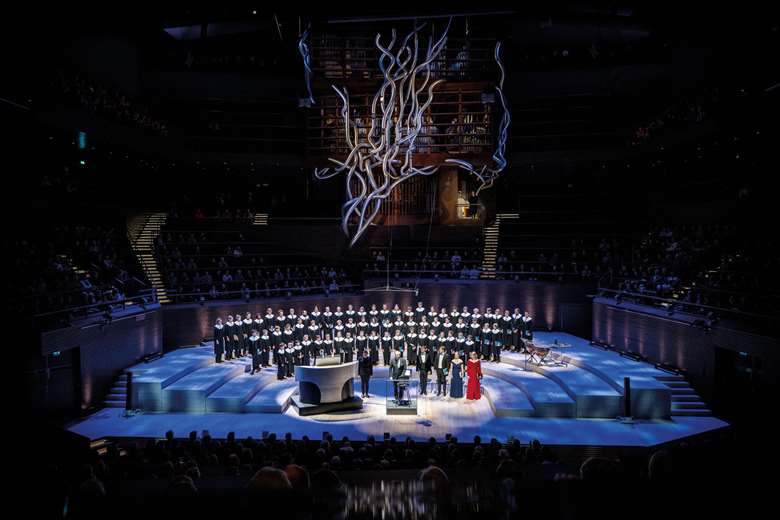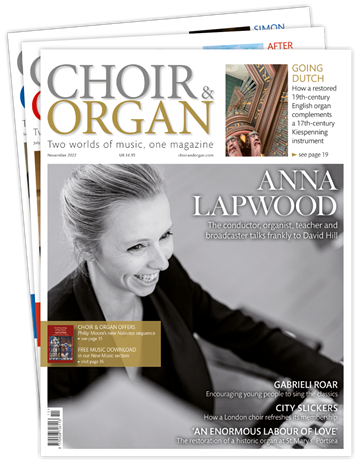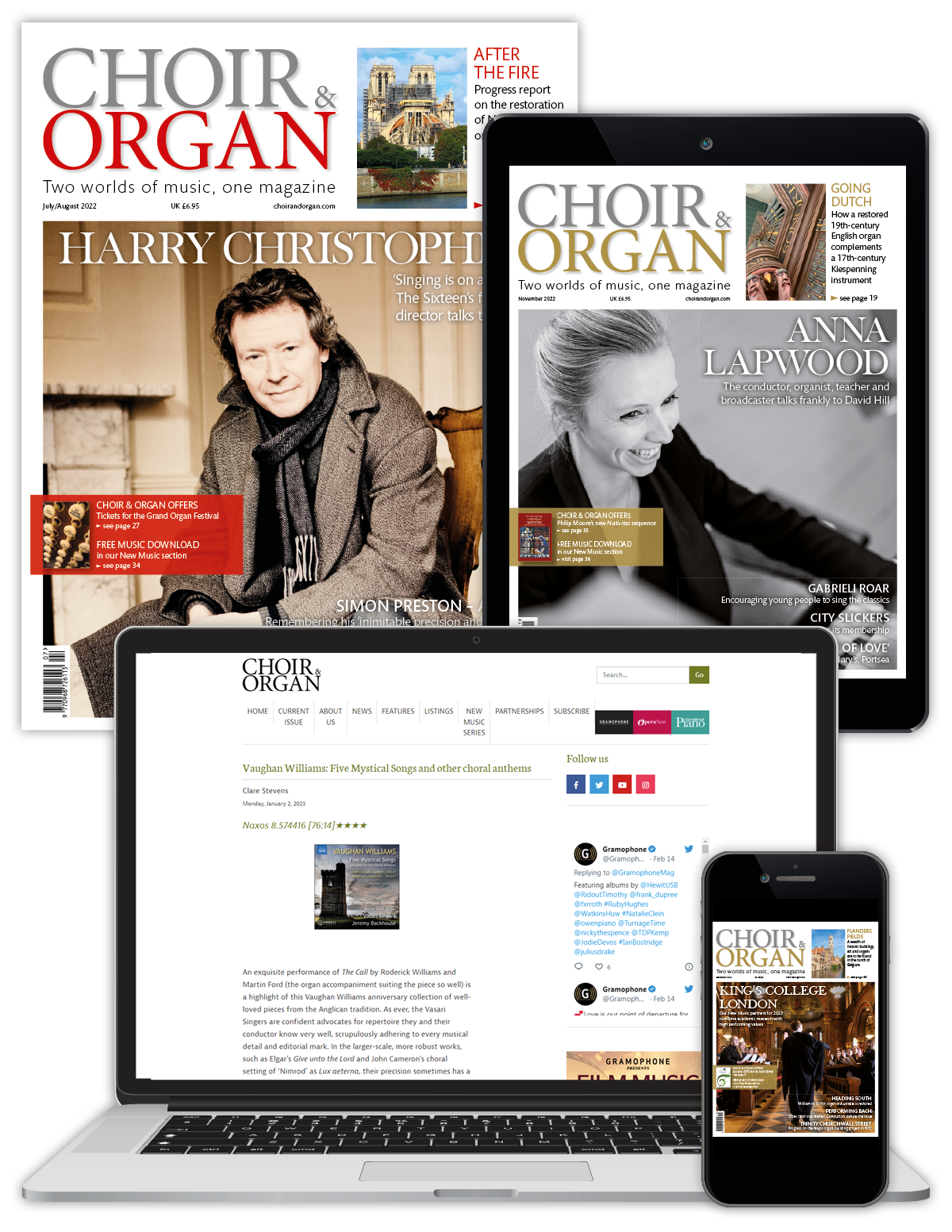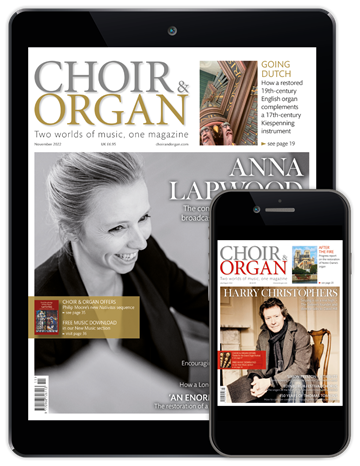Introducing the new concert organ at Helsinki’s Music Centre
Jan Lehtola
Friday, May 10, 2024
The wait for a concert organ fit for Helsinki’s Music Centre is over. Jan Lehtola introduces the technical and visual innovations of a major new instrument from Rieger Orgelbau

Register now to continue reading
This article is from Choir & Organ. Don’t miss out on our dedicated coverage of the choir and organ worlds. Register today to enjoy the following benefits:
- Free access to 3 subscriber-only articles per month
- Newly-commissioned sheet music to download from our New Music series
- Unlimited access to Choir & Organ's news pages
- Monthly newsletter






